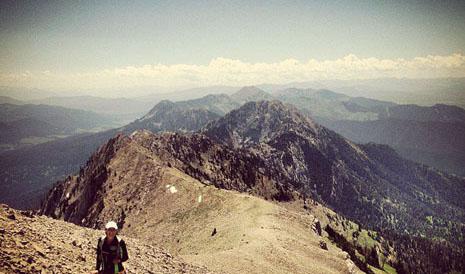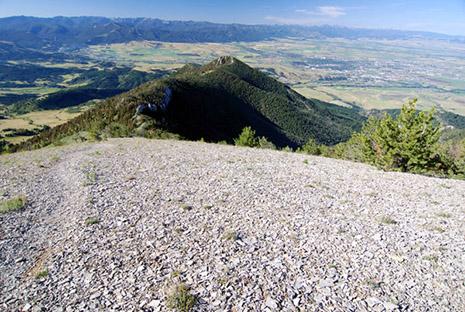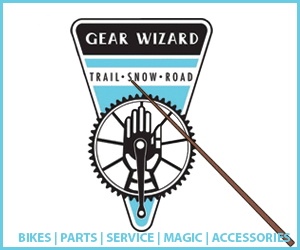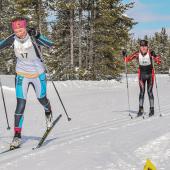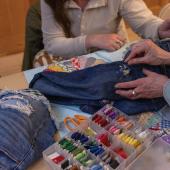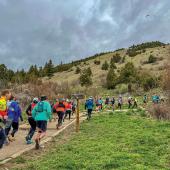Getting a Leg Up
Ridge-Run training the third time around.
“This is not what I envisioned,” I thought, lying on my back with both legs cramped, unable to move. It was near the end of my second Bridger Ridge Run in as many years, and after tripping over a mouse-sized rock descending from Baldy, I was doing my best impression of a turtle on its back.
The year before, I’d learned a lot and finished in a time that I was proud of. This go around, I figured experience and some training tweaks would put me well on my way to a better time. But things don't always work out as planned.
Why did I tweak what worked the year before? Simple: I'd completed the run, but at the end of it all, my body was broken down. My knees ached on any slight descent and turning on switchbacks increased the ache to full-on pain. After the race, my planned one-week break turned into a six-month hiatus.
After qualifying for a second BRR attempt, I made two goals: avoid breaking down, and decrease my time. I worked hard on climbing, but took it easy on the downhill, thinking I would have the muscle strength come race day. The result: hamstring cramps. I first noticed my hammies tightening as I climbed out of Ross Pass following the fast descent from Sacajawea. The pain didn't bother me much, so I figured some extra electrolytes at the Bridger aid station would do the trick and I’d be on my way. The climb up to Saddle is when the cramps really set in, forcing me to stop multiple times. I tried some of the remedies at Baldy, eating pickles and drinking sports drinks. Once the cramps were under control, I began the final descent. That’s where the rock attacked me, sending me ass-over-teakettle. Coming down from the M was one of the most painful experiences of my life. At the finish line, getting the grit cleaned out of the scrapes on my back, I knew I’d have to redeem myself.
So here we are, on number three, and I’ve once again adjusted my plan. Not just a tweak, but a significant change—I’m getting help from a professional. Back in March, I started talking with Will Caton at his recently opened gym, Swiss Fit Montana. Will described the training programs he designs for downhill skiers, and a light bulb went on in my head—he could help me train for the Ridge Run.
Over the next three months, I’ll be working out twice a week at Swiss Fit. Will customized a training plan to increase strength going up and coming down, plus exercises to help my knees. He uses various workout machines, but his central piece of equipment is the Power Plate. In my next installment, I’ll cover this training tool, the science behind Will’s workouts, and a quick review of what the workouts have involved.
Until then, happy training.



